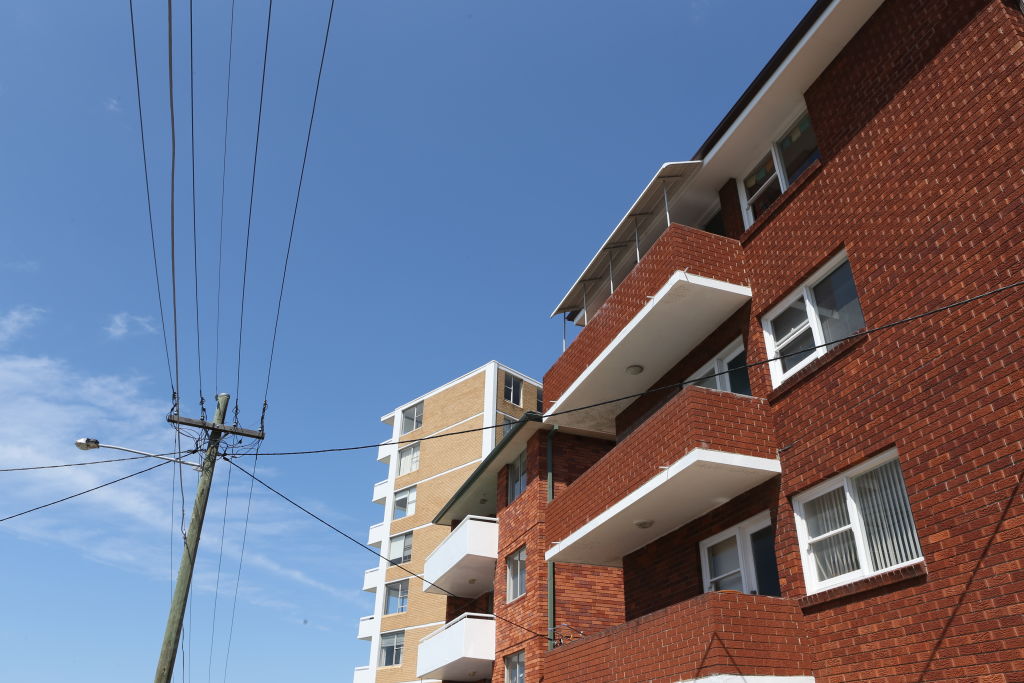How to navigate a softening market if you're an upsizer, first-home buyer or investor

Only a year ago, property prices seemed to be rising at an unstoppable rate. Now they’re in retreat and prospective buyers may be uncertain about their next move. If a property purchase is on your horizon, you may be wondering if it’s time to buy or whether you should wait for the next upswing.
Price pullbacks are a part of the property cycle. A correction after a peak eventually leads to a more balanced market, with buyers and sellers on a relatively level playing field. As confidence rises, price follow. But there are more factors at play than just market movements, and the purpose of your purchase is critical to making the right choice.
Upsizers

Upgrading is difficult in a rising market, but easier in a downswing, especially if falls are even across all market segments. Buyers looking to trade up may find their desired property has decreased in value more than their current home. Alternatively, their budget may now stretch to afford a better property than was previously possible.
“If you’re looking to upsize right now, there’s never a better time,” founder of Empower Wealth Ben Kingsley says.
Upsizing doesn’t have to involve buying a bigger property. Home owners could trade up to a home in a more desirable area, putting themselves in a more favourable position ahead of an upswing.
If you’re looking to upsize right now, there’s never a better time.
“Even if you won’t get the highest price for your particular property, if you’re upsizing to a higher value asset, you’re going to be buying better in a higher price bracket,” Kingsley explains.
Those who have already taken advantage of price rises may be best placed to upgrade, according to Anna Porter, founder of property advisers Suburbanite.
- Related: Smart strategies for buying well
- Related: The ultimate guide: Buying your first home
- Related: How to buy in an expensive suburb
“The people who have done very well are the ones who sold 12 to 18 months ago and are now in the position to buy,” she says.
Selling the existing home before buying the next property gives home owners certainty about their budget, according to Wakelin Property Advisory director Jarrod McCabe. It also reduces the risk of servicing two mortgages while waiting for the original home to sell.
“If the market does further retreat in value it will put you in a better position,” McCabe says. “You’ll get more bang for your buck taking that step up.”
First-home buyers

Price pullbacks may mean there are more properties on the market that fall into first-home buyers’ price brackets.
Investor lending restrictions have reduced competition, which could create buying opportunities for affordable properties.
But buyers waiting for prices to fall significantly further may be disappointed, Porter says.
“If they’re $50,000 or $100,000 off, that’s an opportunity that will come into their grasp,” she said. “Don’t expect the market to come back $200,000.”
Asset selection in a softening market is crucial, especially for inexperienced buyers, according to McCabe. “A lot of properties can look like a bargain, and they can be a bargain for a reason.”
Investors

For buyers who purchase purely to make a profit, a market trough is the point of maximum financial opportunity, as this is when prices have the potential to increase the most in the shortest amount of time.
On the other hand, a peak is the point of maximum financial risk, as the cyclical nature of markets means the likelihood of a fall is highest, and there is the greatest length of time until the next peak.
Facing softening conditions, investors with an existing property portfolio and a long-term growth strategy may begin to find more properties that can be purchased under market value, Porter says.
“Someone who has to sell, and is going to drop that price to get it sold, that’s the opportunity that will present right now,” she says.
On the other hand, interstate markets may prove lucrative for those with shorter time frames in mind.
“Adelaide is showing signs of growth,” Kingsley says. “Houses in Brisbane are showing signs of growing in the northern corridor.”
While buyers may have the upper hand, they should remain unemotional when choosing a property and avoid being “pig-headed”, McCabe says.
“If you’ve found a good-quality property that meets your needs and you can get it for a good price, you should buy it.”
We recommend
States
Capital Cities
Capital Cities - Rentals
Popular Areas
Allhomes
More







